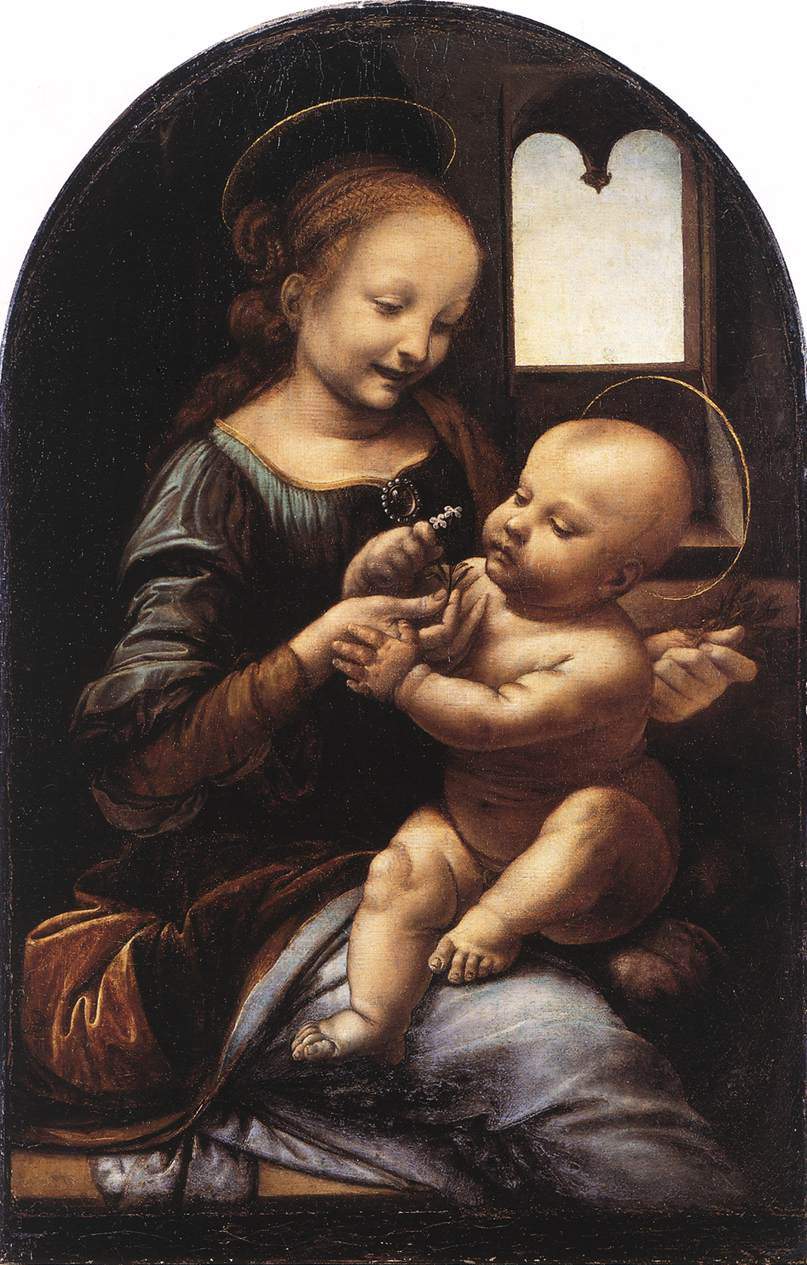The Benois Madonna, a masterpiece by Leonardo da Vinci, exceptionally on tour in Italy: last loaned in 1984
Italy has secured a “hit” for Leonardo’s 500th anniversary celebrations: in fact, the Benois Madonna, a masterpiece by Leonardo da Vinci (Vinci, 1452 - Amboise, 1519), will soon arrive in our country. This is an exceptional loan, since the work, kept at the Hermitage in St. Petersburg, moves very little: it had previously left the Russian museum only on three occasions since its acquisition at the time of Tsar Nicholas II (in 1935, when it went to Paris, in 1979, when it was engaged in a “tour” between Washington, New York and Los Angeles, and in 1984, when it went on a trip to Florence). The masterpiece will thus come out for the fourth time, and will be welcomed June 1-30 at the Pinacoteca Civica in Fabriano, after which, from July 4 to August 4, it will be exhibited at the National Gallery of Umbria in Perugia.
The reason why the work will go to Fabriano lies in the fact that the small town in the Marche region will host, from June 10 to 15, a UNESCO conference on creative cities, namely the 13th Creative Cities Conference: it is therefore a “diplomatic” loan, one might say, and not only to UNESCO (it is also a loan dropped in the context of diplomatic relations between Italy and Russia). Those who believe that works should move only for sound scientific reasons will therefore turn their noses up at it, while the news will surely please those who also judge the political implications of loans.
The work owes its name to the fact that it was for a long time the property of the Benois family, which bought it on the Russian market, but it is not actually known how it ended up in Russia. In 1914 it was bought by Tsar Nicholas II (the Benois had bought it, in turn, in the 19th century: when the work was first exhibited in 1908, the family said that the painting had been bought in 1824 by one of their ancestors, a merchant named Sapoznikov, and that it had previously been part of the collection of the Kouriakhin princes), and since then the Benois Madonna has always remained in Russian collections. The history of the painting prior to the nineteenth century is not known, but as soon as it was first exhibited, almost all art historians of the time (beginning with Liphart and Berenson), assigned it to Leonardo da Vinci, for an attribution that today is very solid and affirmed almost unanimously by scholars.
Moreover, it will not be the only work that the Hermitage will lend to Italy for the celebrations of the 500th anniversary of Leonardo’s death: the institute has also guaranteed the loan of the Madonna Litta, which will be at the center of an exhibition at the Poldi Pezzoli Museum in Milan from November 8, 2019 to February 10, 2020.
Pictured: Leonardo da Vinci, Madonna Benois (c. 1482; oil on canvas, 48 x 31 cm; St. Petersburg, Hermitage)
 |
| The Benois Madonna, a masterpiece by Leonardo da Vinci, exceptionally on tour in Italy: last loaned in 1984 |
Warning: the translation into English of the original Italian article was created using automatic tools. We undertake to review all articles, but we do not guarantee the total absence of inaccuracies in the translation due to the program. You can find the original by clicking on the ITA button. If you find any mistake,please contact us.



























